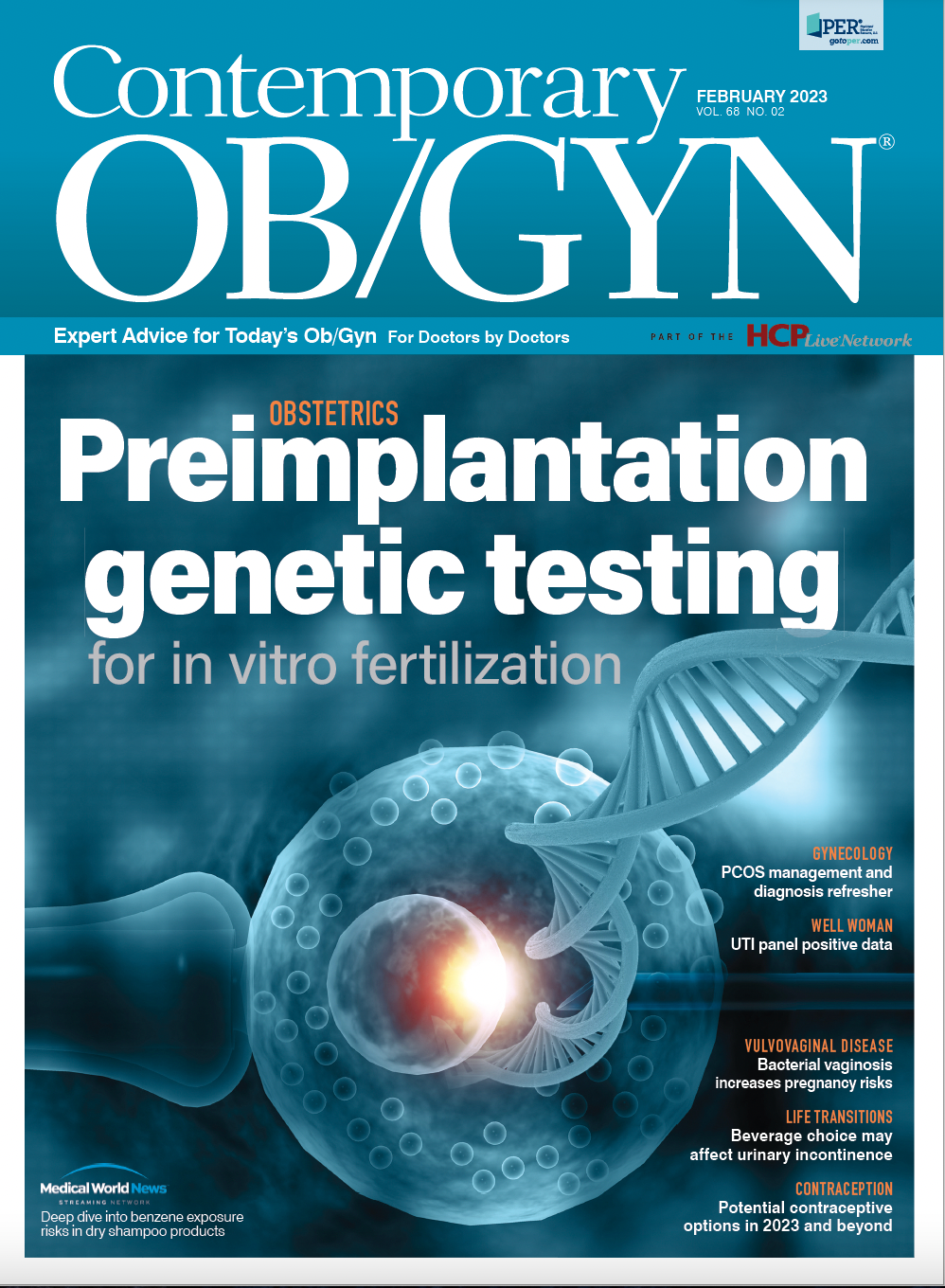Can beverage choice increase urinary incontinence?
A recent study analyzed the effect artificially sweetened beverages have on urinary incontinence in women.
Women who consume 1 or more servings per day of artificially sweetened beverages are 10% more likely to report mixed urinary incontinence (UI) than those who never consume or consume less than 1 serving per week, according to a secondary analysis of the Women’s Health Initiative Observational Study published in the journal Menopause.
The findings, however, did not reveal a link between the amount of artificially sweetened beverage consumption and stress UI or urgency UI symptoms.
The prospective, multicenter cohort Women’s Health Initiative Observational Study enrolled 93,676 postmenopausal women, aged 50 to 79 years, at 40 clinical centers across the United States from 1993 to 1998. The participants answered questions about consumption of artificially sweetened beverages and UI symptoms at their 3-year follow-up visit, including, “During the past 3 months, how often did you drink these beverages?” “Beverages” refer to diet drinks, such as diet soda or diet fruit drinks, with a serving size of 12 oz.
Frequency of artificially sweetened beverage consumption was divided into 9 categories: never or less than 1 serving per month, 1 to 3 per month, 1 per week, 2 to 4 per week, 5 to 6 per week, 1 per day, 2 to 3 per day, 4 to 5 per day, and 6 or more per day. The 9 categories were narrowed down to 3 for analysis: never to less than 1 serving per week, 1 to 6 servings per week, and greater than or equal to 1 serving per day.
The analytic cohort comprised 80,388 women, of whom two-thirds were rare consumers of artificially sweetened beverages and 13% consumed greater than or equal to 1 serving per day. The unadjusted odds of reporting UI was 10% higher in women consuming 1 to 6 servings per week (odds ratio, 1.10; 95% CI, 1.06-1.14) and 12% higher in women consuming greater than or equal to 1 serving per day (odds ratio, 1.12; 95% CI, 1.07-1.18) compared with those who never consume or consume less than 1 serving per week. There were no significant differences for stress or urgency UI symptoms between groups.
Participants who consumed a higher number of artificially sweetened beverages were younger, had lower neighborhood socioeconomic status, and were more likely to be White women than Hispanic women. They also had a higher body mass index and lower parity.
Women with higher consumption were also more likely to have diabetes, hypertension, congestive heart failure, and a history of a myocardial infarction and to use diuretic medications and hormone therapy. In addition, these women were more likely to frequently smoke, were less physically active, and had poorer-quality diets. They also drank less alcohol and water than women with lower consumption but consumed more ca ffeine.
Overall, 74.7% of the analytic cohort reported UI symptoms, with 27.2% reporting stress UI, 27.3% reporting urgent UI, 14.4% reporting mixed UI, and 5.8% reporting other/unknown type of incontinence.
“It is possible that women with UI chose to limit beverage consumption, and reverse causation bias may have led to more UI in women reporting lower beverage consumption,” wrote the authors.
Women with higher consumption of artificially sweetened beverages were more likely to report stress UI and mixed UI, but not urgent UI.
The authors noted that additional research is needed to quantify the connection of other beverages believed to be linked to lower urinary tract symptoms and UI symptoms, which, they wrote, “will o ffer patients more accurate information on the relative impact that fluid management is likely to have on their UI symptoms.”
Reference
Ringel NE, Hovey KM, Andrews CA, et al. Artificially sweetened beverages and urinary incontinence-a secondary analysis of the Women’s Health Initiative Observational Study. Menopause. Published online December 13, 2022. doi:10.1097/ GME.0000000000002129

Newsletter
Get the latest clinical updates, case studies, and expert commentary in obstetric and gynecologic care. Sign up now to stay informed.
Tebipenem HBr cUTI trial ends early after meeting efficacy goals
May 28th 2025GSK and Spero Therapeutics announced that the phase 3 PIVOT-PO trial for tebipenem HBr, a potential first oral carbapenem for cUTIs in the United States, was stopped early because of positive efficacy results.
Read More
